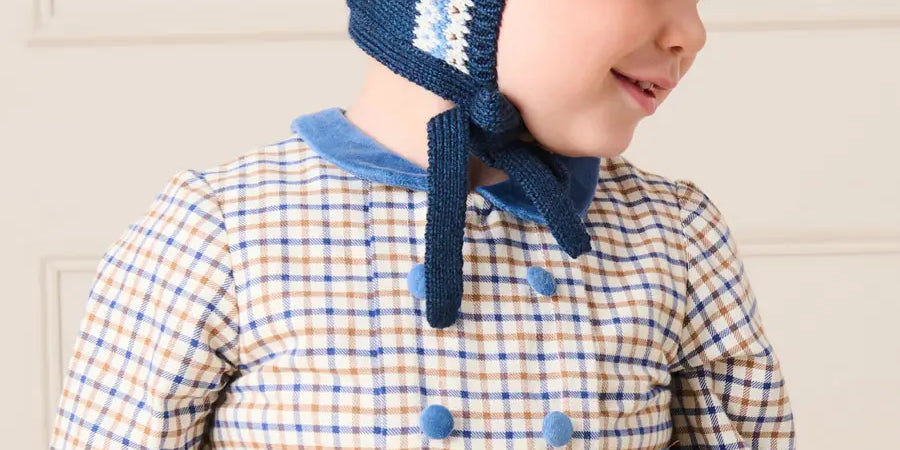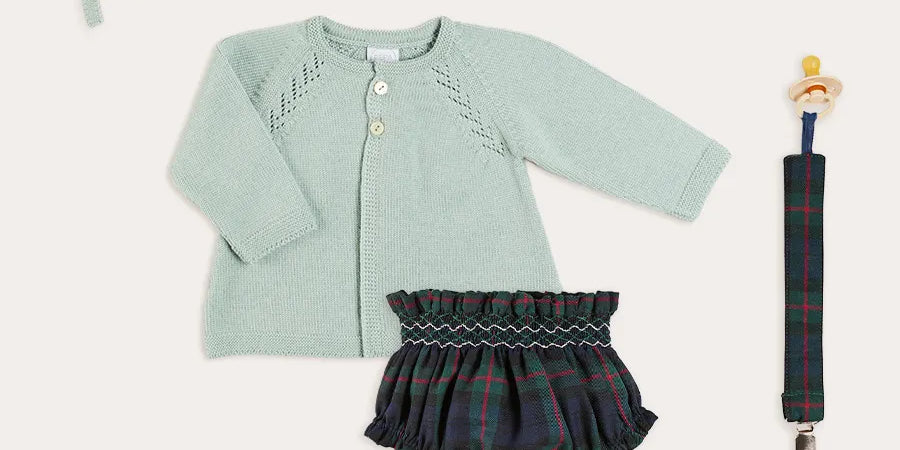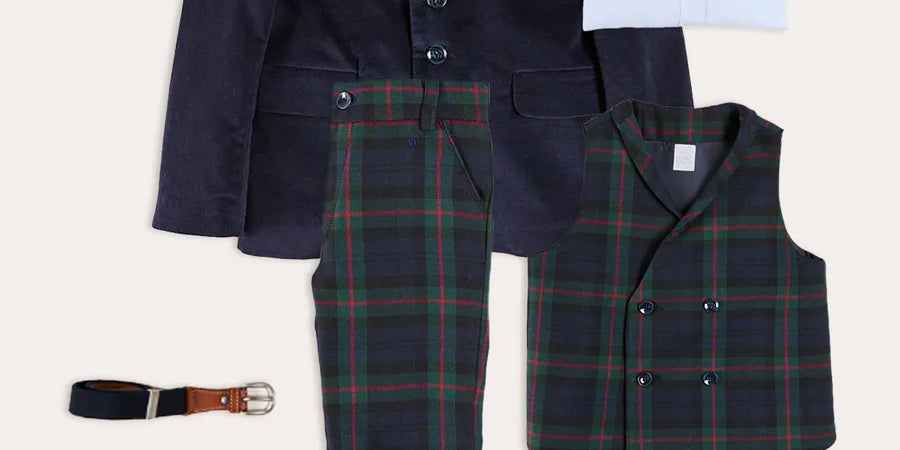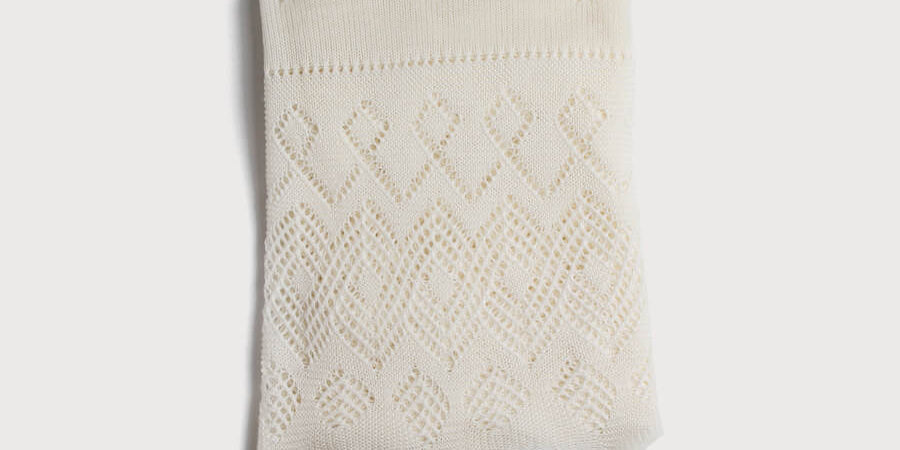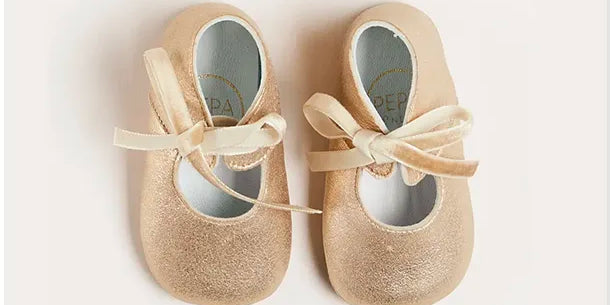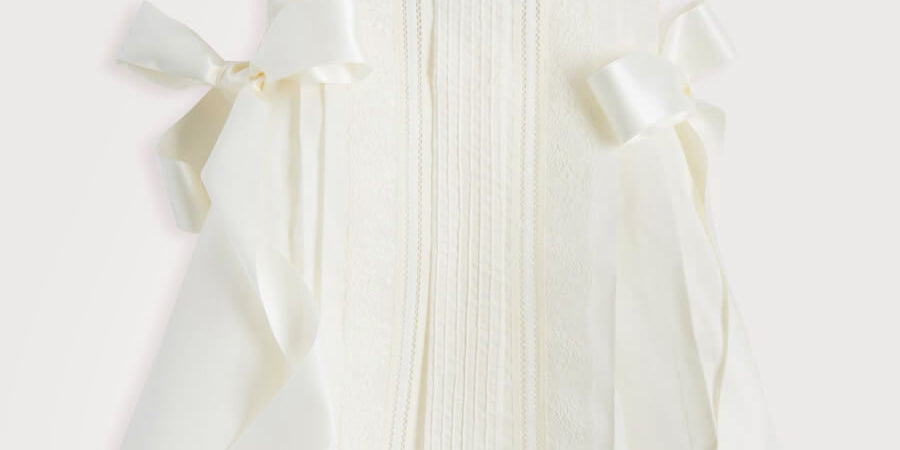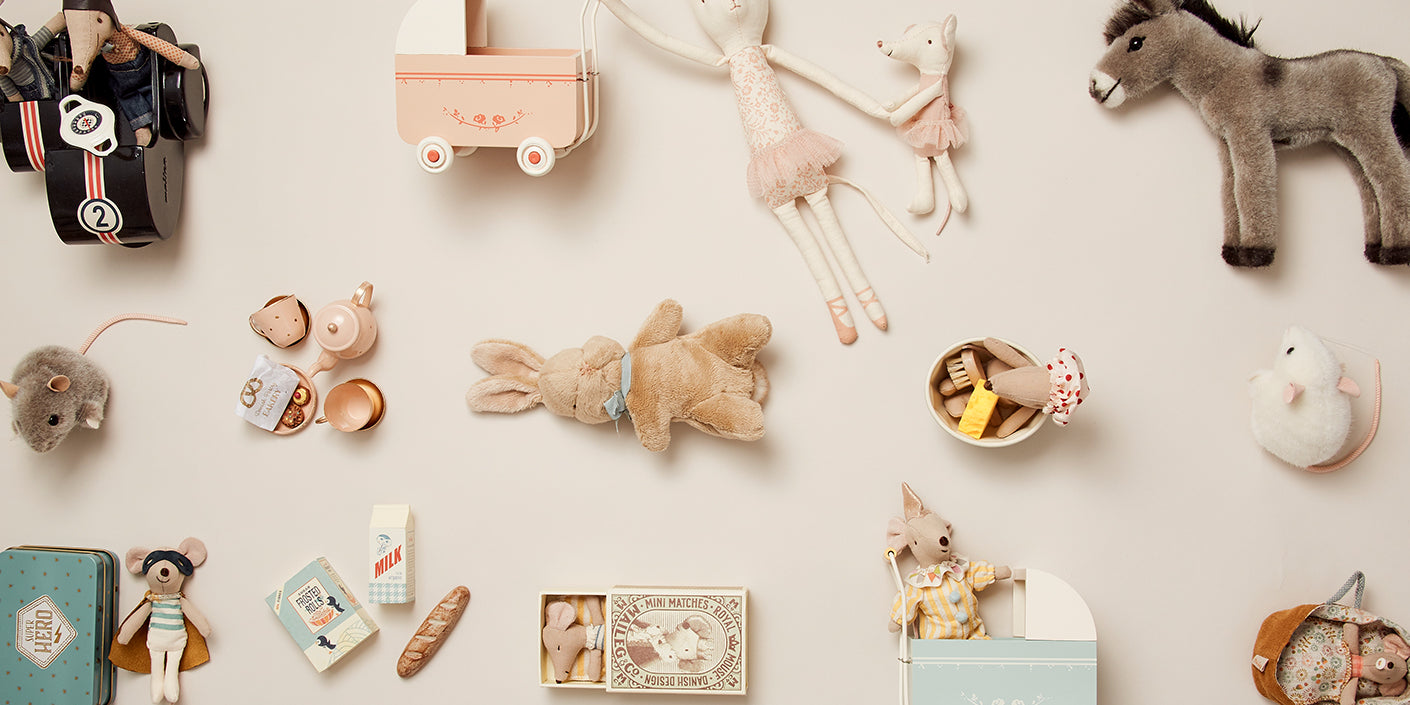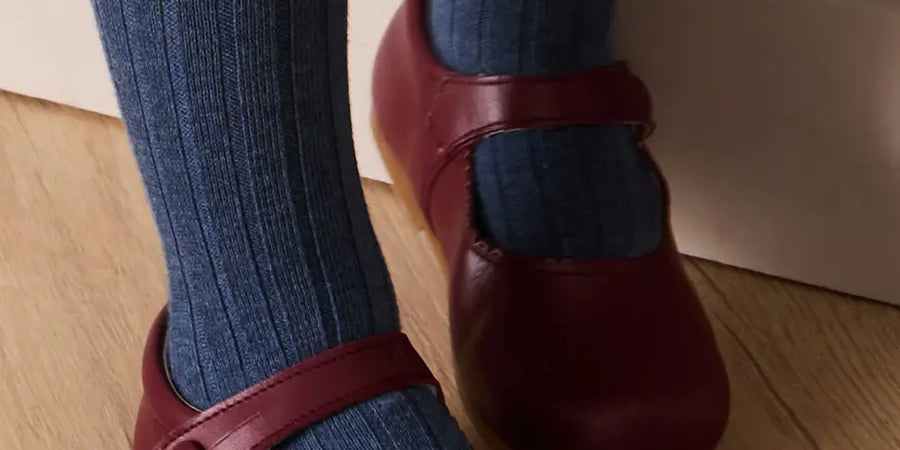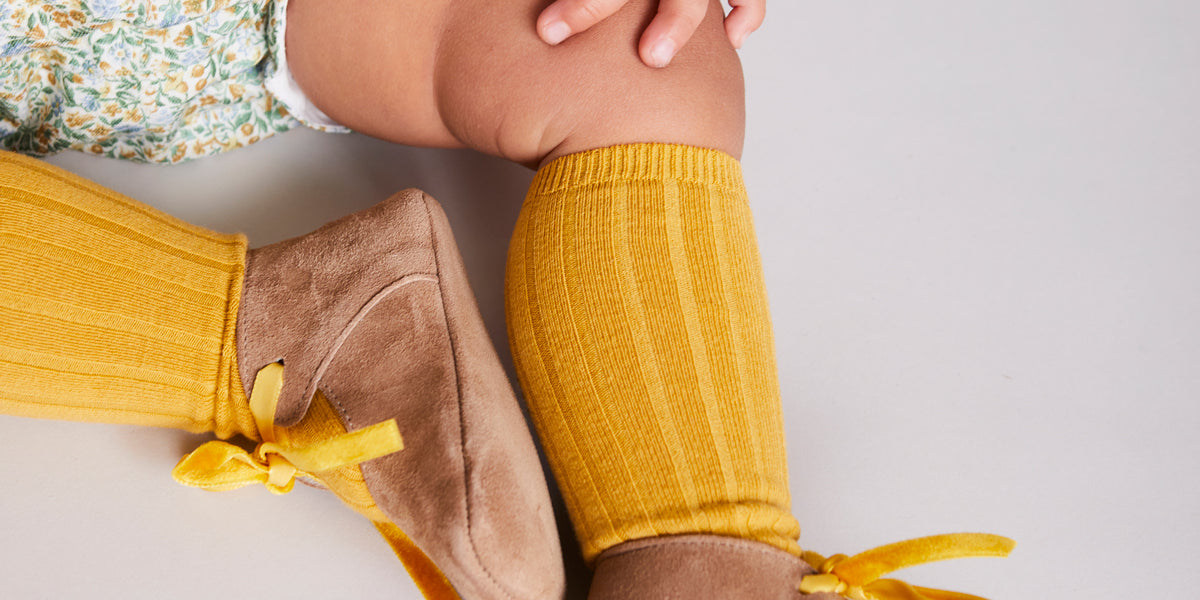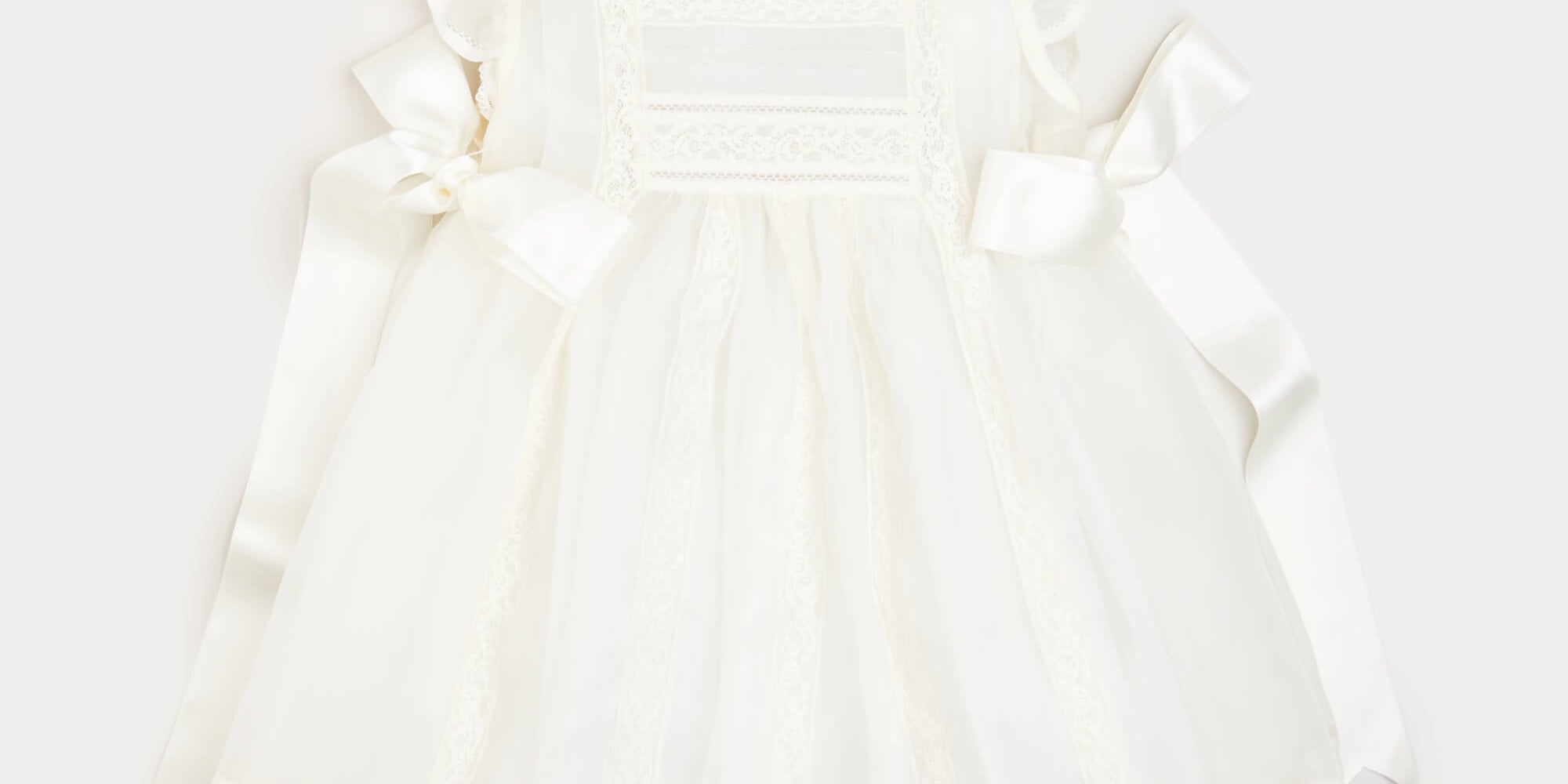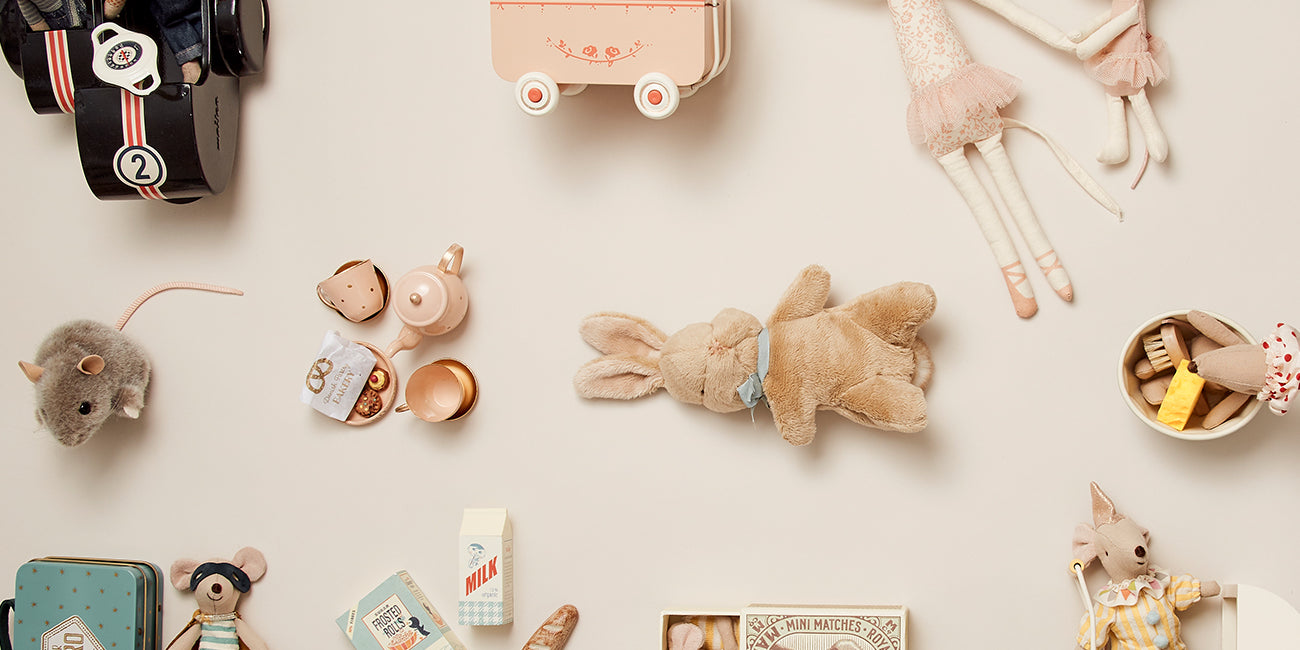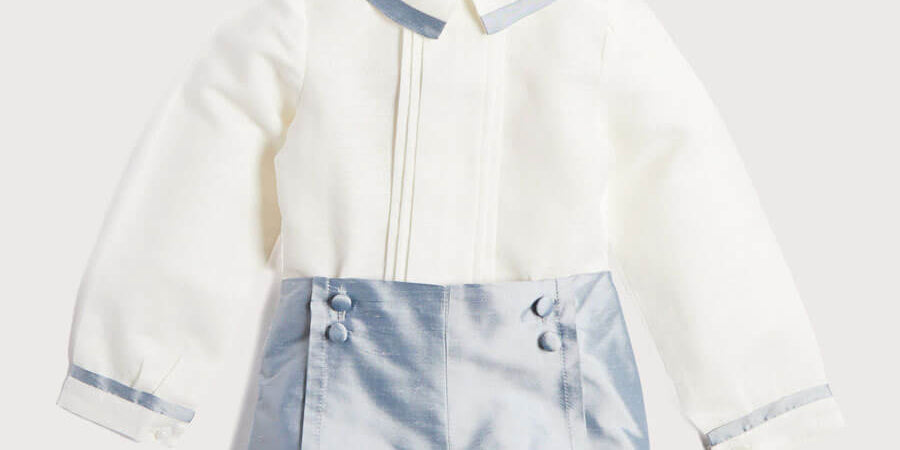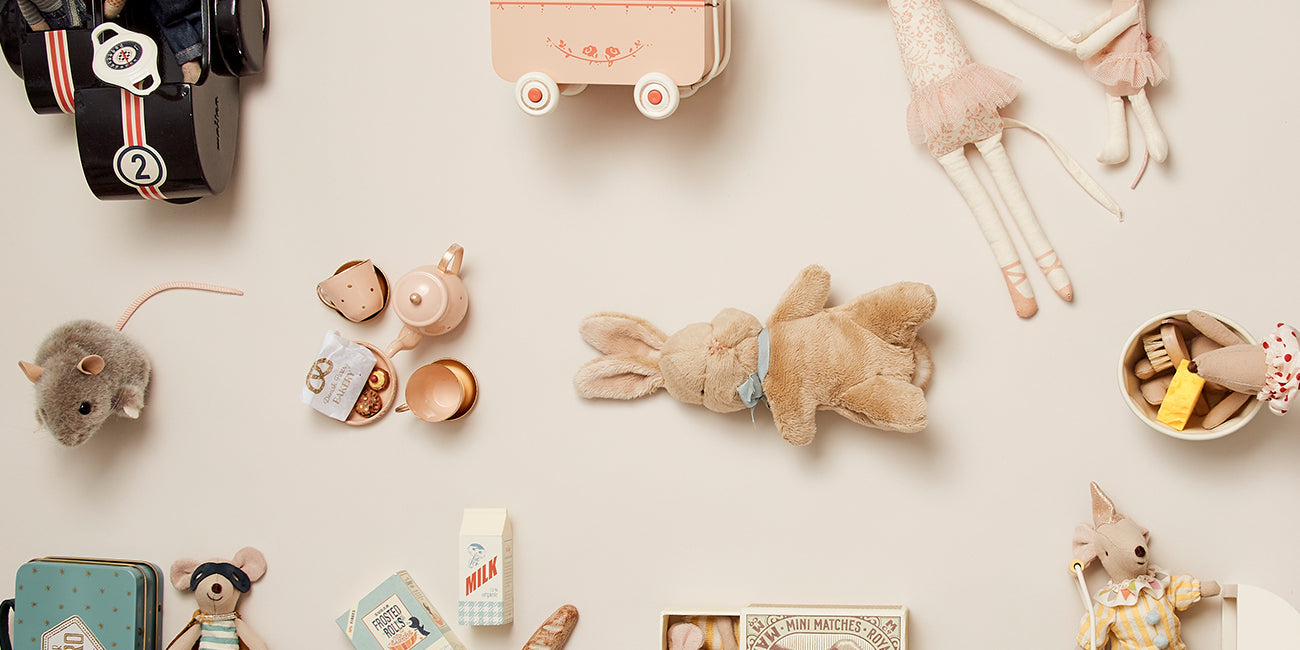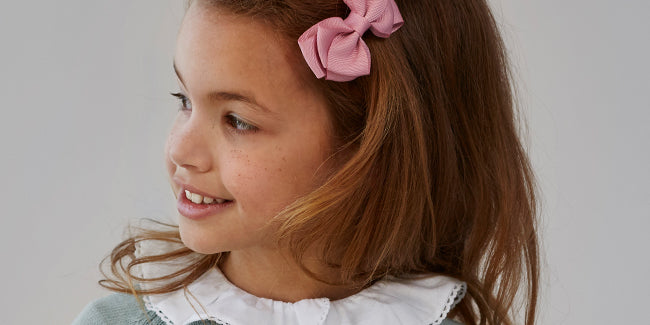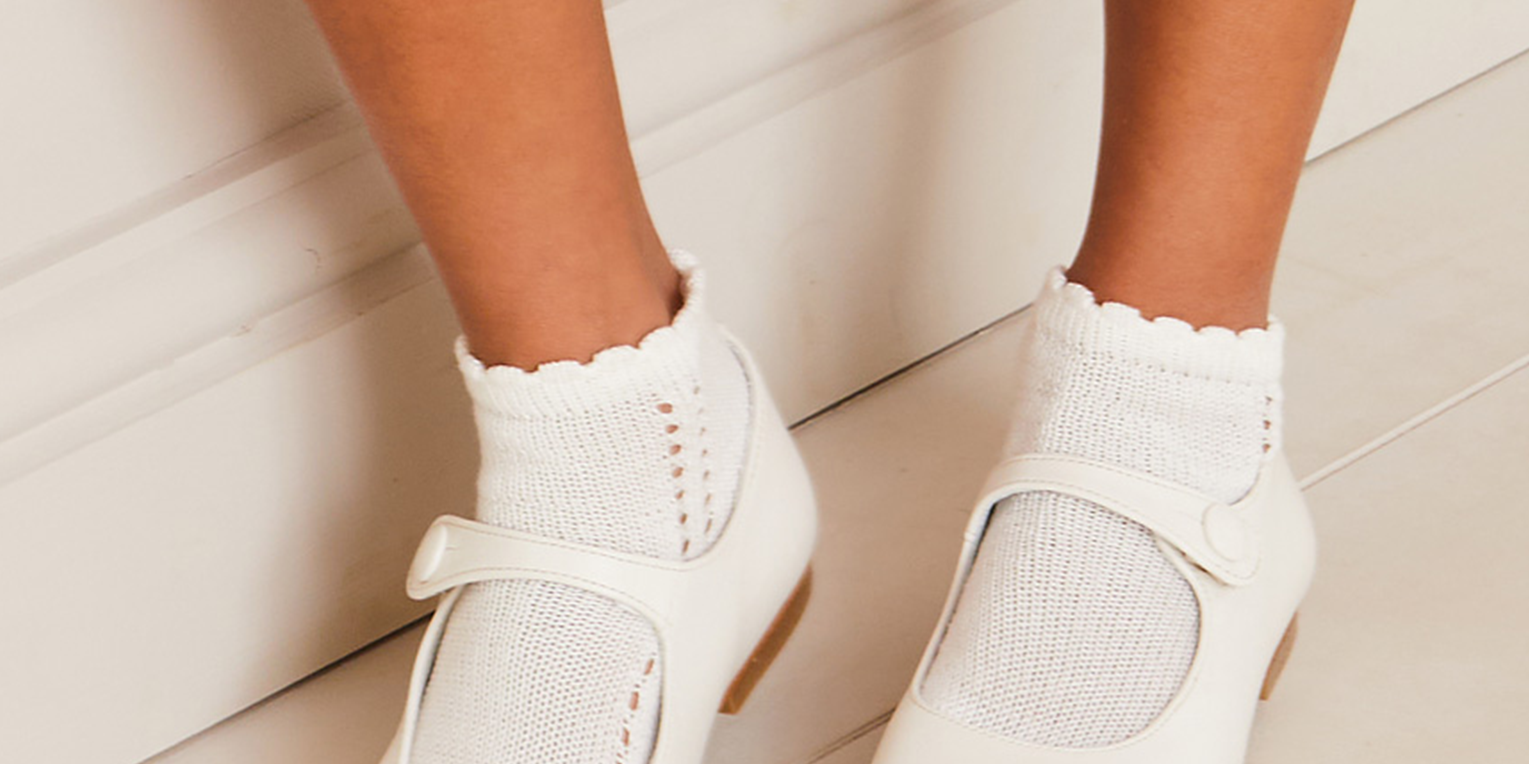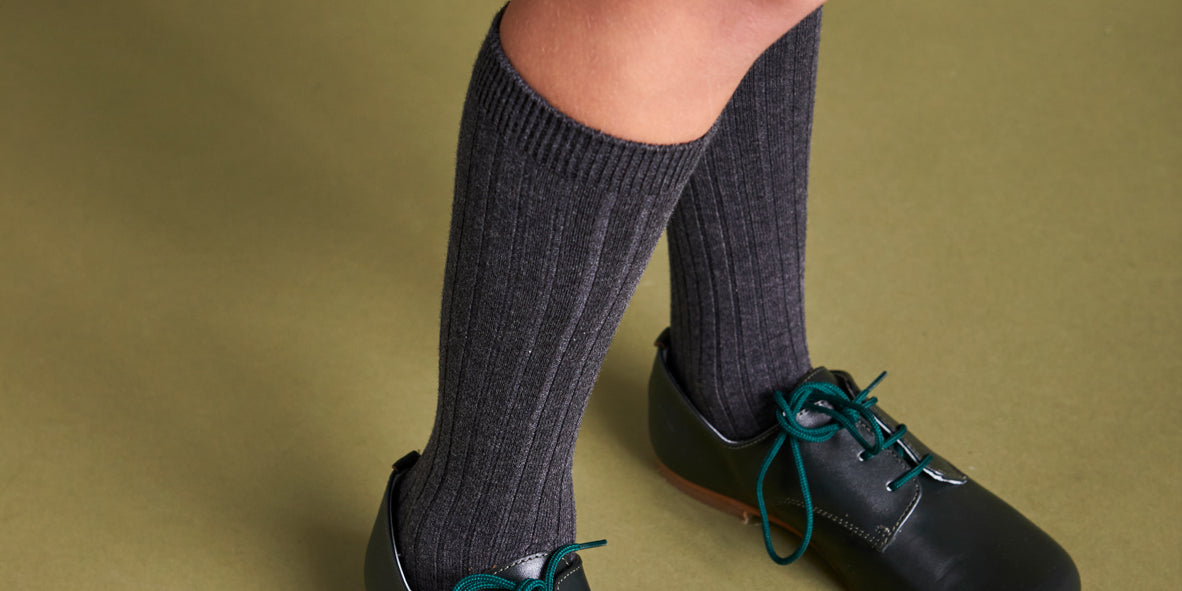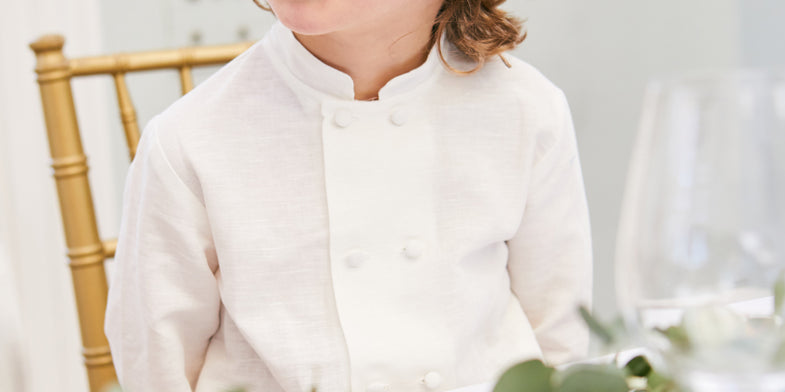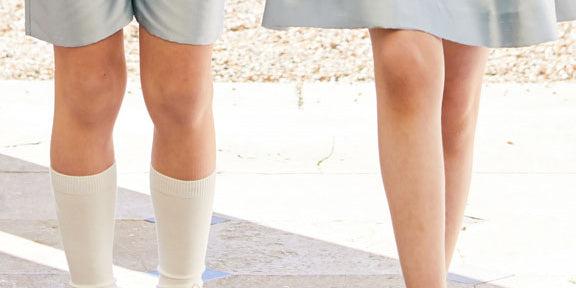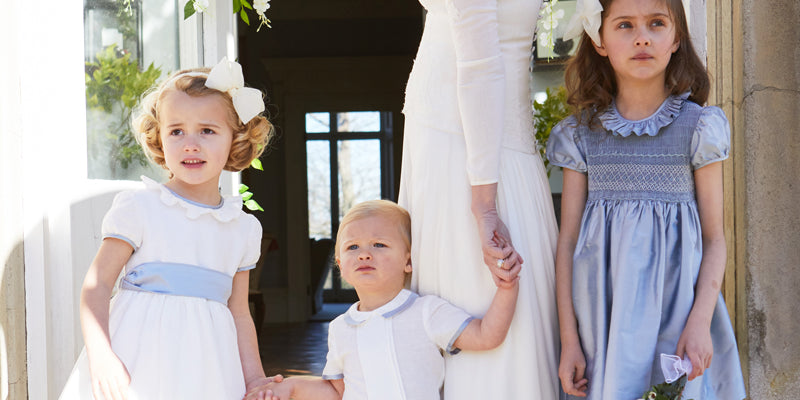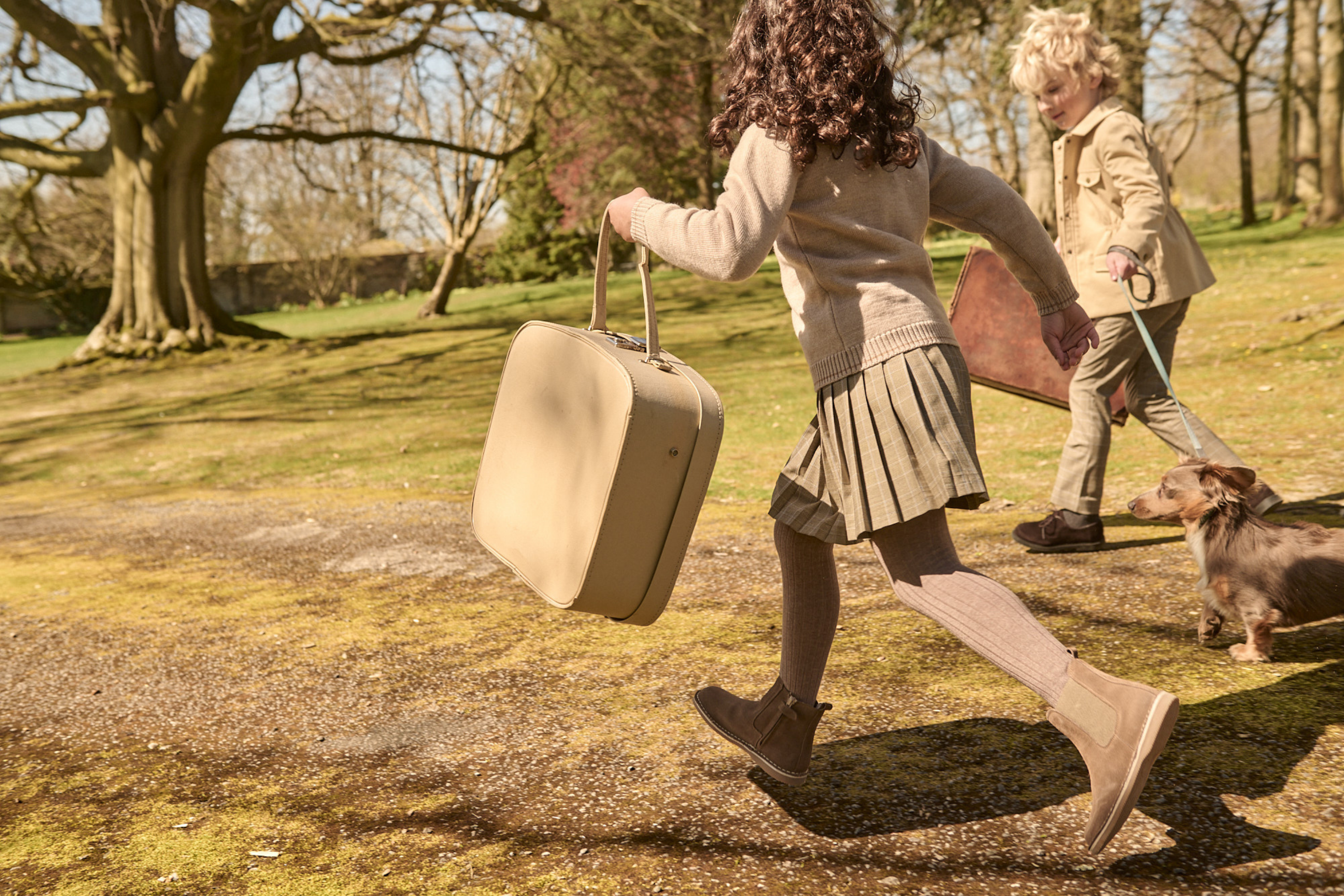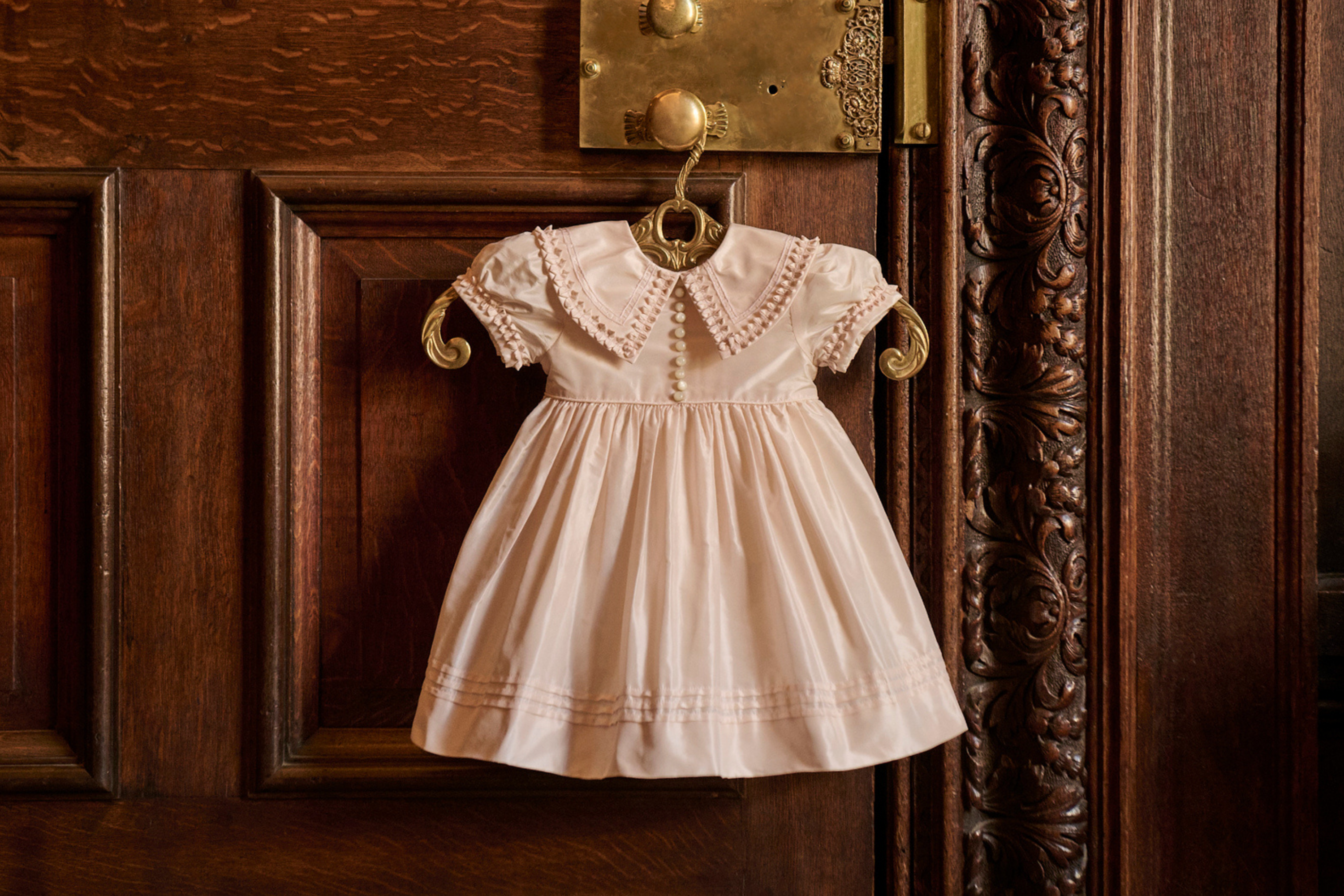Good hygiene is one of those things some children pick up on naturally. For others, it’s a long of remembering to keep up good hygiene habits. It takes a lot of practice and reminding before those good habits really sink in. When you tally up the health benefits of good hygiene, it’s worth it in the end — no matter how much pestering it will take you.
Now is the perfect opportunity to instil good hygiene habits into your children! Not only is it important for them in the current climate to understand how they can help stop the spread of germs, but it is a great way to teach them how to respect common spaces and to understand how excellent hygiene habits make a real difference in the lives of people, no matter their age.
Here are just a few habits that you can start to teach your little ones at a young age:
1 Washing hands:
Frequent hand washing has always been the biggest and most important hygiene habit out there and teaching your littles ones this simple habit has never been as important as it is today.
What’s the best way to wash your hands?
STEP 1. Wet your hands with clean running water. It can be either warm or cold because temperature doesn’t impact effectiveness.
STEP 2. Apply enough soap to cover your hands.
STEP 3. Rub your hands together to start lathering up the soap. Rub them together for at least 20 seconds and coat every surface—the backs and fronts of your hands, between your fingers, under the nails, etc. You can find the official NHS handwashing technique here.
STEP 4. Thoroughly rinse your hands with water, ensuring all the soap is removed.
STEP 5. Dry your hands completely, avoiding shared towels in public places where possible.

image via parents.com
As you may know, our little ones would much rather spend 20 seconds doing something fun, like watching TV or playing with toys, instead of washing their hands. So here are some child-friendly hand-washing tips for children:
Lead by example. Make sure to practice what you preach as children often learn from imitation. Wash your hands before eating or cooking a meal, after using the bathroom, and after working or playing with your hands.
Be patient. It takes time for a child to get into the habit of hand washing and do it properly. Make sure to give help when needed and remind them often.
Teach with music. Not only will a catchy song remind children of proper technique, it also lets them know how long to wash hands (keep scrubbing until the song is done). You can find plenty of song options online but the ‘happy birthday’ song is the most commonly used.
Use incentives. If you are still struggling to encourage your little one to wash their hands thoroughly, you could always try to incentives such as soap that contains a prize. (Our personal favourite is Sohp Shop)

Sohp Shop was born from the idea that life is full of boring chores! We chatted to Chassity, the business founder, about how her vibrant brand started:
How was Sohp Shop created?
My daughter Lilly, who is now ten years old, actually came up with the idea herself when she was making soap for a lemonade stand. She wanted to create something that would encourage kids her age to wash their hands!
How can your soap inspired children to practise better personal hygiene?
The idea behind Sohp Shop is to keep children washing their hands for longer, using the surprise prize/toy inside as a fun incentive to do so – this helps them establish healthy hygiene habits from a young age in a way that is effective for children.
We all want to know, what surprise can little ones expect?
Each of our soaps have different toys inside that they can collect. At the moment we have 3 different types, unicorn, ninja and fortune, which all have their own unique scent and prizes to collect. We won’t giveaway the surprise but there’s a clue in their names! You can purchase our soaps from our online shop here.
2 Brushing and Flossing
Dental hygiene is another really important area to educate your little one from a young age. Making brushing, flossing and dental check-ups a positive experience can help to keep your child excited about good oral care, helping your child grow up with a beautiful smile, but also with healthy habits that can last a lifetime. Here are a few tips to help:
Brush and floss together. One way to make your child interested in oral care is to brush and floss together. As we mentioned above, children love to mimic what their parents do, so show your child your excellent brushing technique, including your great tongue brushing skills and they can replicate themselves.

Keep Track of Time. It’s recommended we brush our teeth for two minutes, twice a day. But two minutes can be hard for a child to track so why not get a two minute sand timer? Let your child flip over their brightly coloured timer and then start brushing.
Reward system. To make brushing twice a day and flossing more enjoyable, create your own gold star reward system. You and your child can decorate a poster with teeth, toothbrushes, healthy snacks, and other oral health themes to represent the days of the month, then give your child a sticker to put on the poster every time they brush their teeth.
3 Shielding sneezes and coughs
It’s important to teach kids to cover their coughs and sneezes in way that limits the spread of germs. When a person does so into the open air without covering it, the germs can travel up to 5 feet from the mouth. If your child covers their cough with their hands, it may stop the spread of the cough, but the droplets are now on the hands. If your child touches anything else after, it will continue the spread of germs. However, if you teach kids to sneeze or cough into their elbow, it’s less likely to spread the germs because:
- The inside of the elbow can fully cover the mouth, blocking the spray of germs.
- The inside part of the elbow isn’t a place that we routinely touch on our bodies or that touches other surfaces — so we can worry a little less about that spread.
It’s important to remember that even if we cough into our elbow, that regular hand washing is still extremely important to prevent the spread of germs.
Face masks:
In light of recommendations from the government that people should wear masks in public settings to help prevent the spread of COVID-19 from things such as coughs and sneezes; parents have many questions about whether or not children should wear masks and how to effectively do so if needed.
In England, children over the age of 11 must wear a face covering by law in the following settings:
- public transport
- indoor transport hubs (airports, rail and tram stations and terminals, maritime ports and terminals, bus and coach stations and terminals)
- shops and supermarkets (places which are open to the public and that wholly or mainly offer goods or services for retail sale or hire)
- indoor shopping centres
- banks, building societies, and post offices (including credit unions, short-term loan providers, savings clubs and money service businesses)
Children do not need to wear a mask:
- If they are under the age of eleven
- If they have any trouble breathing
- If they are unable to remove the mask without assistance
(the information above comes from Public Health England and was correct during August 2020 – please check the latest government guidelines as they may have changed)

Wearing a mask can be a daunting experience at first even for adults, so it’s important to put their worries at ease. How children react to seeing masks partly depends on their age. Older children might not react much at all. To them, masks might seem like no big deal. Most are able to adjust pretty quickly. Some may even be eager to wear a mask. They might embrace their new look as a medical superhero.
How can I help my child feel comfortable wearing a mask?
Practice. As much as you can, give them time to practice wearing their masks before they might need to wear one outside of your home. Teach them how to put them on and take them off as many times as they need.
Help make it fun. With younger kids, introduce a sense of play. Children can pretend to be a doctor or nurse while wearing their masks. They might want to use a doctor kit and "take care" of a stuffed animal or doll.
What style of mask is best for children?
Convincing children to wear face masks can sometimes be a hurdle, so it’s important to make the process as fun as possible for them. The best kid’s face masks are comfortable, adjustable, and most of all, appealing to kids thanks to bright colours and child-friendly patterns. There are many brands and small business that have started selling their own masks, including Pepa & Co.
We have just released our very own masks made from leftover cotton from our AW20 collection. With soft elasticated ear loops, a matching pouch and masks that come in three different sizes suitable for children and adults. You can shop them here!




